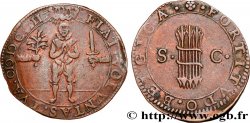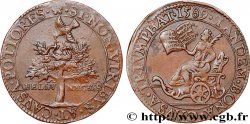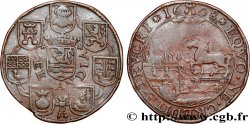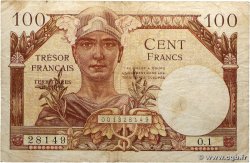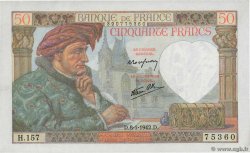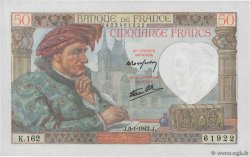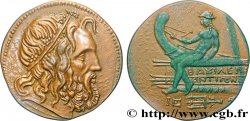fjt_907577 - SPANISH NETHERLANDS - EIGHTY YEARS' WAR Bataille de Turnhout 1597
数量
加入购物车

种类 Bataille de Turnhout
日期: 1597
铸币厂名称/城市 Dordrecht
材质 copper
直径 24 mm
模子方针 6 h.
重量 7,28 g.
侧面 Lisse
关于品相的说明
Faiblesse de frappe au niveau des légendes, magnifique exemplaire
出版目录中的项代码 :
正面
正面的文字 VICTORIA TVRNOTANA 24 IANVARII 1597.
正面的说明书 Les troupes espagnoles faisant face à celles du Prince Maurice de Nassau.
背面
背面的文字 A DOMINO FACTVM EST ISTVD.
背面的说明书 Armes d'Angleterre, de France et des Provinces-Unies .
评论
C’est la seconde fois que nous proposons à la vente ce jeton !
La ville de Turnhout est d'une grande importance stratégique et une garnison espagnole d'une importance conséquente, environ 4 500 hommes, y tient garnison. Le 22 janvier 1597, Maurice de Nassau réunit à 40 kilomètres au nord de Turnhout une armée de plus de 6 000 hommes, comprenant des troupes anglaises et écossaises.
Le commandant espagnol, ayant reçu des estimations exagérées sur l'importance de l'armée hollandaise, décide de se retirer de Turnhout dans la nuit du 23 au 24 janvier mais ce mouvement est surpris par les hollandais et Maurice de Nassau donne l'ordre à sa cavalerie de poursuivre les espagnols.
Maurice de Nassau renonce à poursuivre les fuyards et occupe Turnhout mais doit l'abandonner quelques jours plus tard devant l'arrivée d'une armée espagnole envoyée par Albert d'Autriche. Néanmoins, cette victoire a un grand retentissement dans les milieux militaires de l'époque car elle démontre la supériorité des reîtres, apparus très récemment, sur la cavalerie traditionnelle et l'inefficacité des piquiers contre eux.
.
This is the second time we are offering this token for sale! The city of Turnhout is of great strategic importance and a substantial Spanish garrison, approximately 4,500 men, is stationed there. On January 22, 1597, Maurice of Nassau gathered an army of more than 6,000 men, including English and Scottish troops, 40 kilometers north of Turnhout. The Spanish commander, having received exaggerated estimates of the size of the Dutch army, decided to withdraw from Turnhout during the night of January 23-24, but this movement was surprised by the Dutch, and Maurice of Nassau ordered his cavalry to pursue the Spanish. Maurice of Nassau gave up pursuing the fugitives and occupied Turnhout, but had to abandon it a few days later when a Spanish army sent by Albert of Austria arrived. Nevertheless, this victory had a great impact in the military circles of the time because it demonstrated the superiority of the reiters, who had appeared very recently, over the traditional cavalry and the ineffectiveness of the pikemen against them.
La ville de Turnhout est d'une grande importance stratégique et une garnison espagnole d'une importance conséquente, environ 4 500 hommes, y tient garnison. Le 22 janvier 1597, Maurice de Nassau réunit à 40 kilomètres au nord de Turnhout une armée de plus de 6 000 hommes, comprenant des troupes anglaises et écossaises.
Le commandant espagnol, ayant reçu des estimations exagérées sur l'importance de l'armée hollandaise, décide de se retirer de Turnhout dans la nuit du 23 au 24 janvier mais ce mouvement est surpris par les hollandais et Maurice de Nassau donne l'ordre à sa cavalerie de poursuivre les espagnols.
Maurice de Nassau renonce à poursuivre les fuyards et occupe Turnhout mais doit l'abandonner quelques jours plus tard devant l'arrivée d'une armée espagnole envoyée par Albert d'Autriche. Néanmoins, cette victoire a un grand retentissement dans les milieux militaires de l'époque car elle démontre la supériorité des reîtres, apparus très récemment, sur la cavalerie traditionnelle et l'inefficacité des piquiers contre eux.
.
This is the second time we are offering this token for sale! The city of Turnhout is of great strategic importance and a substantial Spanish garrison, approximately 4,500 men, is stationed there. On January 22, 1597, Maurice of Nassau gathered an army of more than 6,000 men, including English and Scottish troops, 40 kilometers north of Turnhout. The Spanish commander, having received exaggerated estimates of the size of the Dutch army, decided to withdraw from Turnhout during the night of January 23-24, but this movement was surprised by the Dutch, and Maurice of Nassau ordered his cavalry to pursue the Spanish. Maurice of Nassau gave up pursuing the fugitives and occupied Turnhout, but had to abandon it a few days later when a Spanish army sent by Albert of Austria arrived. Nevertheless, this victory had a great impact in the military circles of the time because it demonstrated the superiority of the reiters, who had appeared very recently, over the traditional cavalry and the ineffectiveness of the pikemen against them.







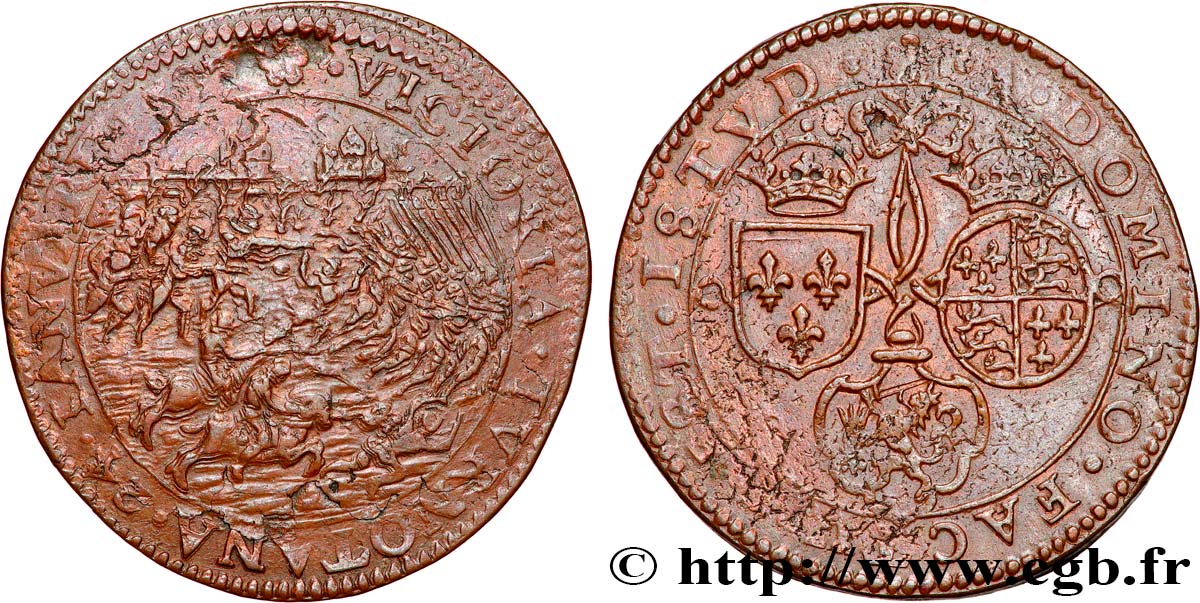
 对产品描述纠错
对产品描述纠错 打印
打印 分享我的选择
分享我的选择 提问
提问 Consign / sell
Consign / sell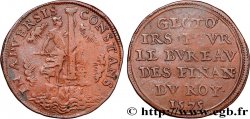
 产品介绍
产品介绍